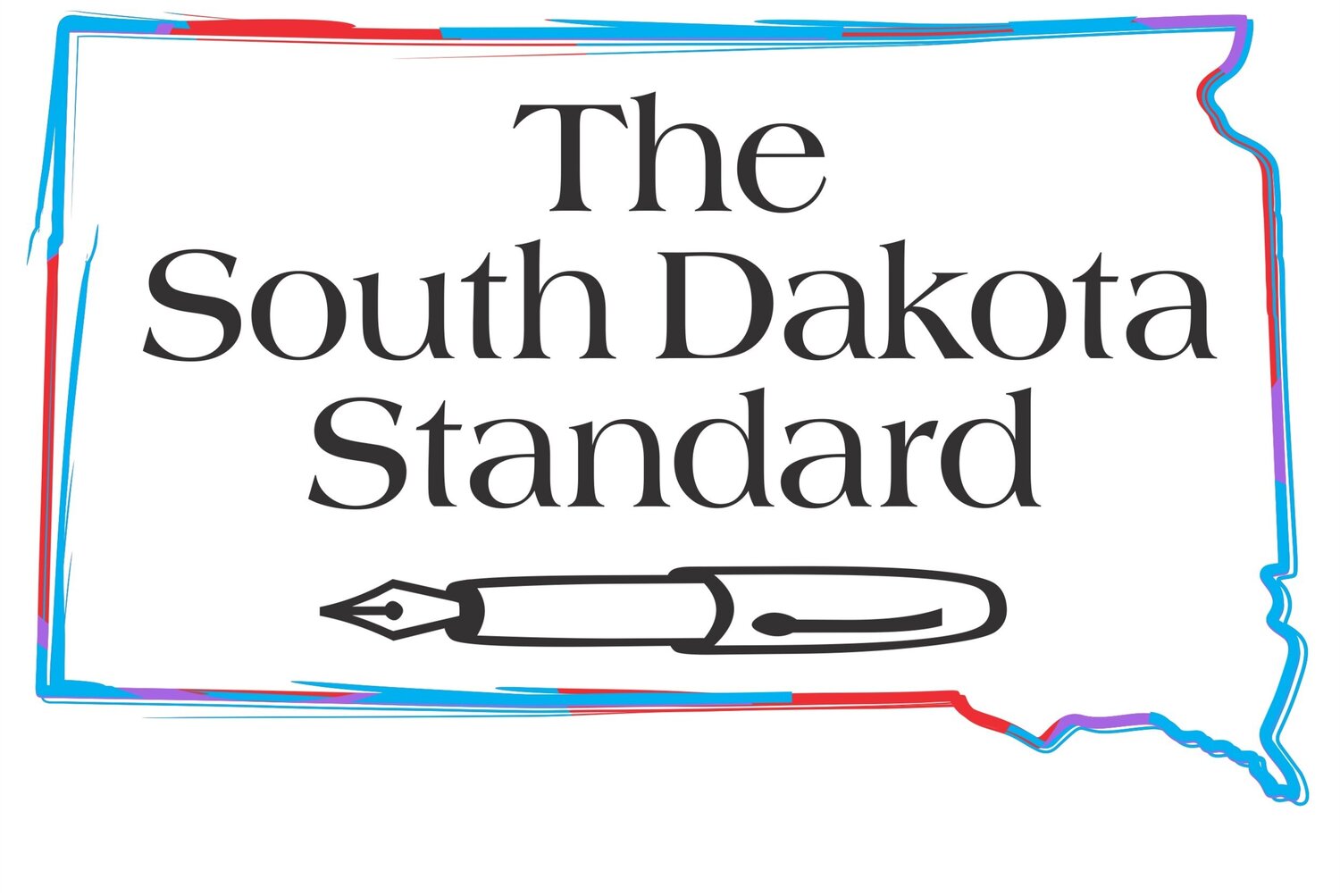Veteran conservation officer: Noem did not understand how to prepare and train her dog. It suffered because of that.
Having grown up in Hamlin County — just like Gov. Kristi Noem — and having hunted pheasants there in the typical cultural fashion long before she was out of diapers, I know that pheasant hunters seldom hunted pheasants with anything except the occasional “duck dog.”
It was and remains a party hunt with walkers and blockers in cornfields and other land. Nothing can ruin a good hunting dog more than a field full of dog-dumb nimrods hollering and yowling to flush birds. The dog has no idea what is going on and gets confused. Unless it is trained in front of a big group, it won’t hunt in a big group.
When I was a 10- and 11-year-old new hunter, we owned an English setter that was bred to do exactly what the German wirehair — like Noem’s ill-fated Cricket (a wire-haired Pointer like the one above in a public domain image posted on wikimedia commons) — is bred to do. They range long and wide using their noses to locate birds held in cover. The pointing breeds hunt almost entirely with their noses.
Flushing breeds hunt with both eyes and noses but often rely on their eyes more than their nose because of the retrieving instinct. Retrieving is their bag and their training often emphasizes that. That’s exactly the opposite with pointers and setters.
But, in either case, the dog has to learn (by successful encounters) to match the pace of the hunter and the only way I know of that any breed learns that is with persistent, diligent and patient work with a check cord or now, a training collar. The entire purpose of the pointing breeds is to locate and hold birds for the gun.
That is where the pleasure of the dog is greatest. There is no greater thrill than watching the dog work for hours on end following his nose and finding a stationary bird and maneuvering to hold that bird in place until the hunter arrives to encourage the flush and subsequent shot.
We never took the English setter to hunt in a party circumstance that I remember. He would do what he was bred to do and inadvertently flush birds far out of range.
When Dad and I hunted together, we took the dog and he would find birds that held tight until Dad or I walked in and physically booted them out of cover. That is understanding what a dog understands.
Anybody who’s ever hunted pheasants in South Dakota knows that most of them run and flush wild long before the hunters get within range unless there are blockers or some other cause for them to hold tight.
It gets worse as the season progresses. The dog doesn’t know or understand that birds are going to flush any more than the hunter. What he/she knows is that if the scent is hot enough, there is something there, within a fairly short distance, that is to be flushed, in the case of labs and Weimaraners, or pointed by pointers and setters.
If you don’t want your dog to inadvertently flush birds well out of gun range, plan on spending hours and hours and hours with a check cord or collar until they learn, by association, that they can have better, more complete success close to their master rather than far away.
And dogs learn much more quickly and thoroughly by being rewarded for good behavior rather than being disciplined or punished for bad. If the dog ranges long and flushes everything 400 yards out of gun range, and you go off in anger screaming and punishing him for his behavior, he has no idea why.
In his mind, he did precisely what he was supposed to do. He used his nose and found birds. He has no idea the object is for you to shoot one so he can retrieve it until he’s done it a bunch of times.
Cricket could have done that — if he had been properly trained. The fault was in the owner, not the dog.
John Wrede is a retired South Dakota conservation officer. He retired from SDGF&P in February 2007 with 31 years of service to the state of South Dakota.







